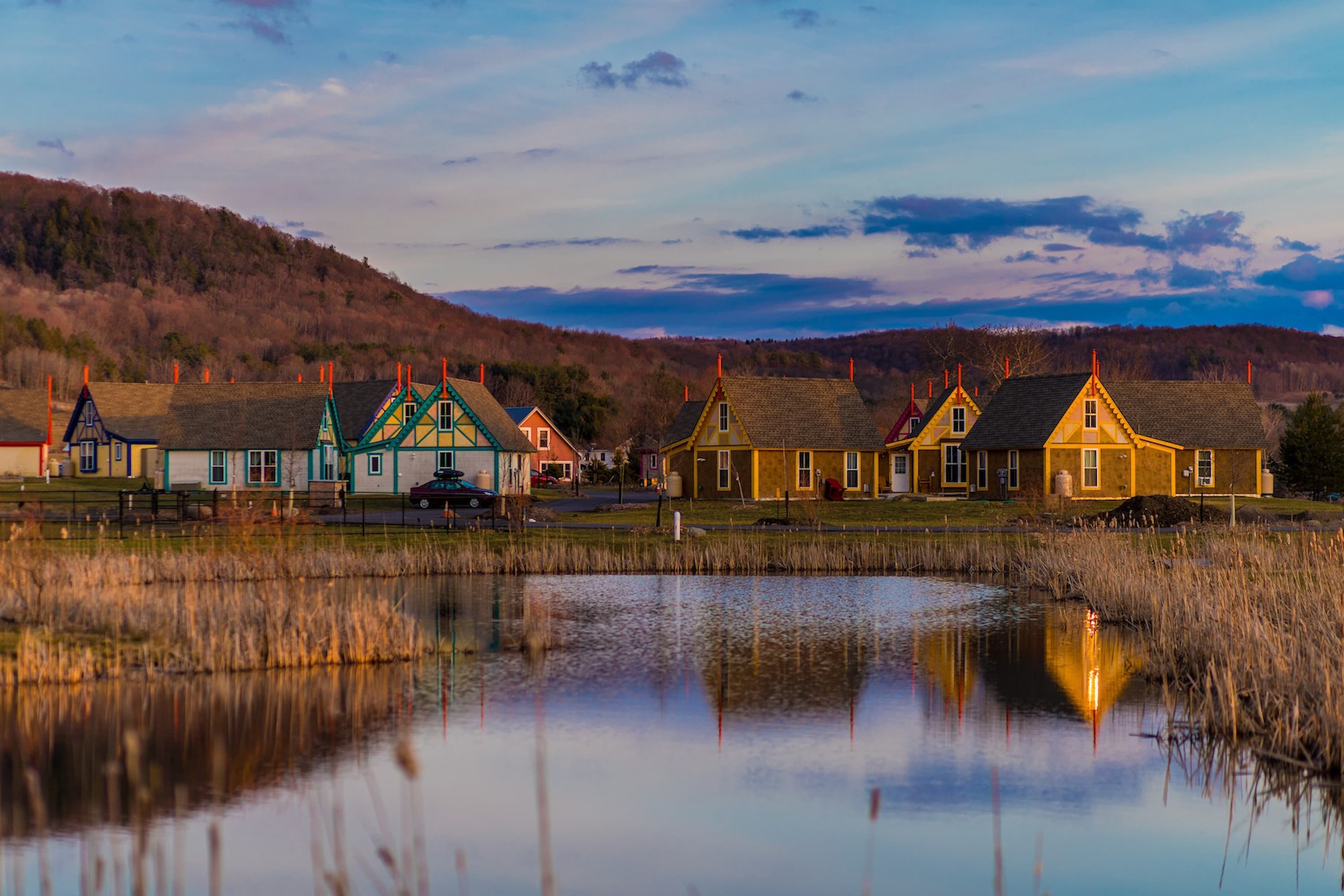Housing development within the United States needs a makeover. Past trends, guided by regulations, have led to a market saturated with single-family homes, garden apartments, and condominiums, with little variety in between. A recent New York Times article emphasized how zoning regulations have created a dichotomy between single-family detached homes and large multifamily buildings, favoring single-family across the country, leading to supply shortages and issues in affordability.

Other research has revealed a “missing middle” in housing types. Increasing housing supply has long been proven as a method for promoting overall housing affordability. Yet a greater mix of housing types is also needed to meet an increasing diversity of income, households, and generational needs.

NAHB’s new report, “Diversifying Housing Options with Smaller Lots and Smaller Homes,” explores the issues involved in building a greater mix of housing types, such as smaller homes, duplexes, townhouses, small-scale multifamily, and accessory dwelling units. The report also provides best practices on regulatory and design options and barriers.
NAHB recently retained Opticos Design Inc., the firm that coined the term “Missing Middle Housing,” to identify ordinances and codes across the United States that enable the construction of a greater mix of housing types and smaller, more affordable homes. More than 100 codes and ordinances from a variety of communities and cities were evaluated across four categories: accessory dwelling unit (ADU) ordinances, small lot ordinances, cottage court ordinances, and form-based codes (infill and greenfield).
Examples from across the country were selected and featured in the report. Out of these, ADU ordinances, or those aimed at creating a secondary dwelling unit on the same lot as a main housing unit, were found to have the most significant effectiveness in enabling a greater, more affordable housing mix.
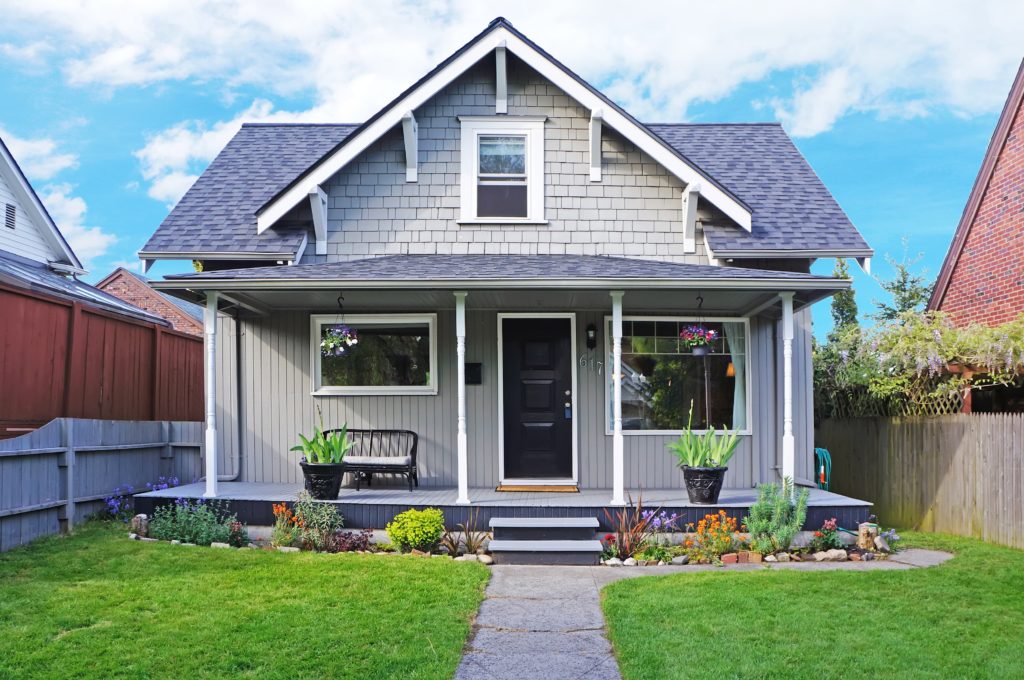
Regarding updating existing codes, often the greatest opportunity for small houses and compact infill is in single-family zoned areas, yet most of these zoned areas do not allow the housing types emphasized in this report.
Recommendations for implementation
Implementing these types of new tools can be difficult, as many may have found. It is important to understand the options for applying new codes on top of or in place of conventional zoning. The report describes application options, with benefits and challenges; for example, overlay zoning is a good option when new standards are needed but there is not support for revising existing zoning.
For practicality and cost effectiveness, it is critical to update standards or codes to provide clear direction and to streamline the development review and approval process for these new housing type . The report drills down on the details within beneficial codes and presents case studies from across the country, showing the process of adoption, results, and challenges.
Opticos notes that communities recognize the need to increase the clarity of standards and expectations as the amount of review and processing decreases. The outdated, one-size-fits-all method is beginning to be replaced by an understanding that a diverse approach to communication is needed, while maintaining a high level of detail in direction. Developers and design professionals need different information from home owners interested in building an ADU, for example.

In further evaluating the wide array of ordinances and codes, best practices for each of the four categories are provided. Portland, Oregon, has passed ADU-promoting ordinances for nearly a century, and in 2017 passed a statute requiring jurisdictions to allow ADUs wherever a house is allowed. The greatest impact on ADU development came following a 2010 amendment that waived impact fees. Financing issues remain as construction costs have risen, however.
The “Diversifying Housing Options with Smaller Lots and Smaller Homes” report concludes with built examples developed under the code types analyzed throughout. The highlighted communities benefit from the ability to have smaller units because amenities, such as proximity to nature and opportunity for community interaction, are more accessible to individuals. By creating more opportunities for smaller units, more land becomes available for other uses.
In the report, Opticos evaluates a wide range of building types within the ‘missing middle’ that are recommended for expanding housing choices. Duplexes to sixplexes (2 – 6 unit dwellings) are one option; alongside design considerations and best practices, these can add about 20 to 70 dwelling units per acre.
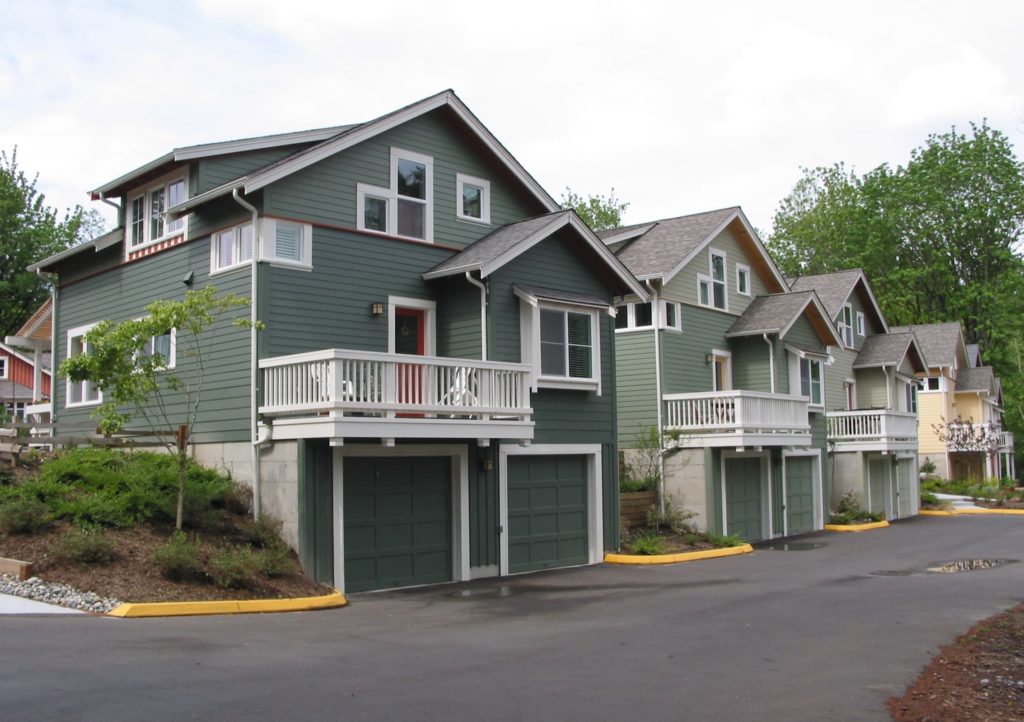
Photo courtesy of Ross Chapin 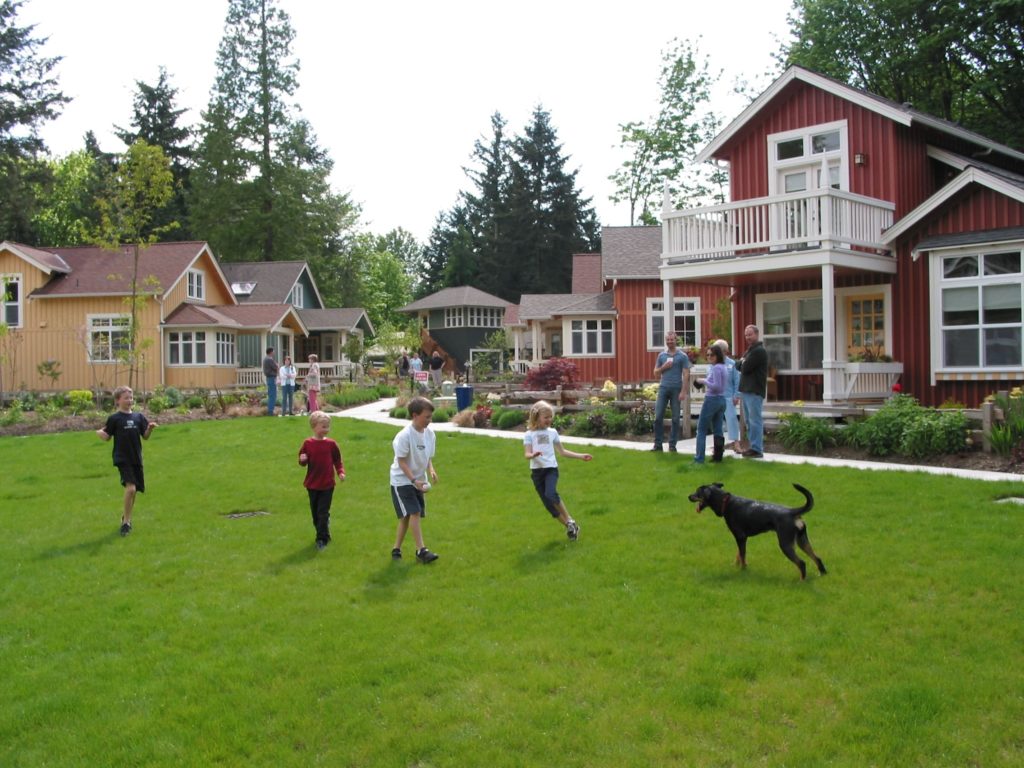
Photo courtesy of Ross Chapin 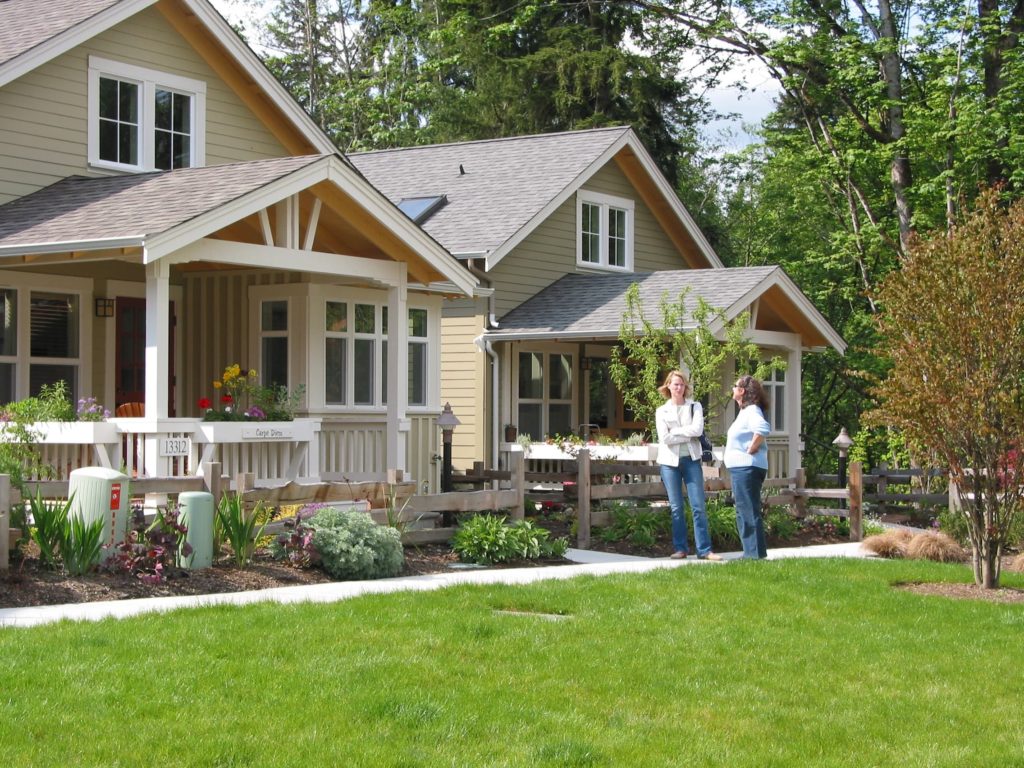
Photo courtesy of Ross Chapin 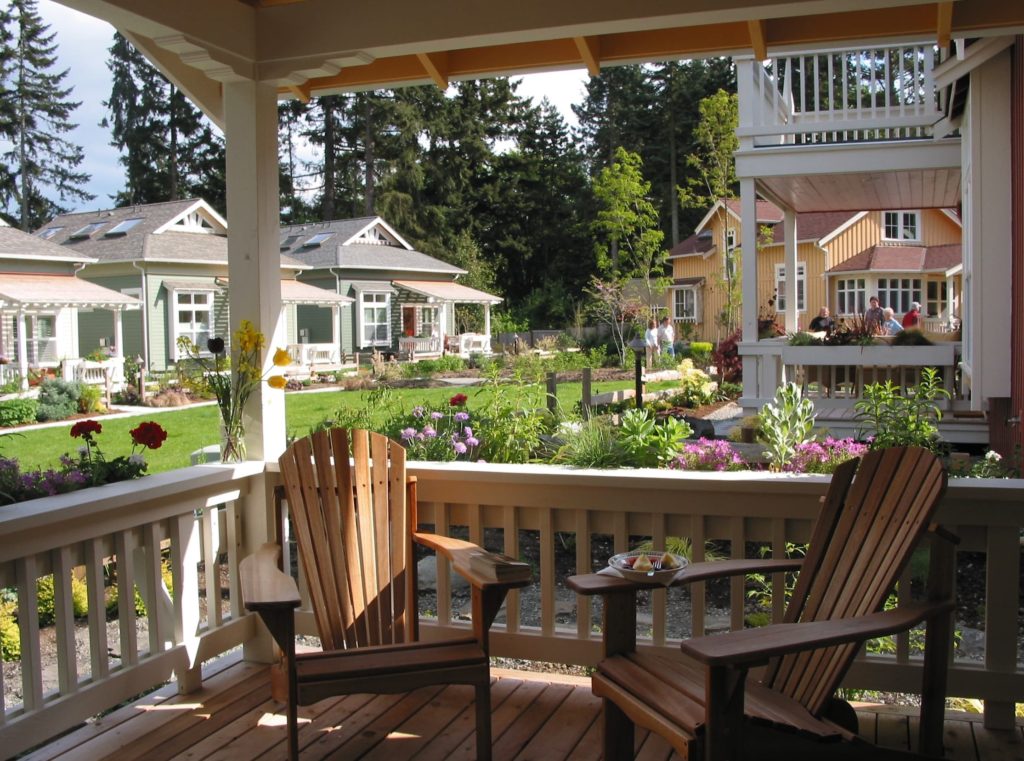
Photo courtesy of Ross Chapin
In Redmond, Washington, a pocket neighborhood of clusters of single-family cottages and houses demonstrated market demand and community acceptance for smaller housing choices in a community-oriented setting. The cottage housing also demonstrated how an interim, innovative code can successfully encourage other housing types with community acceptance.
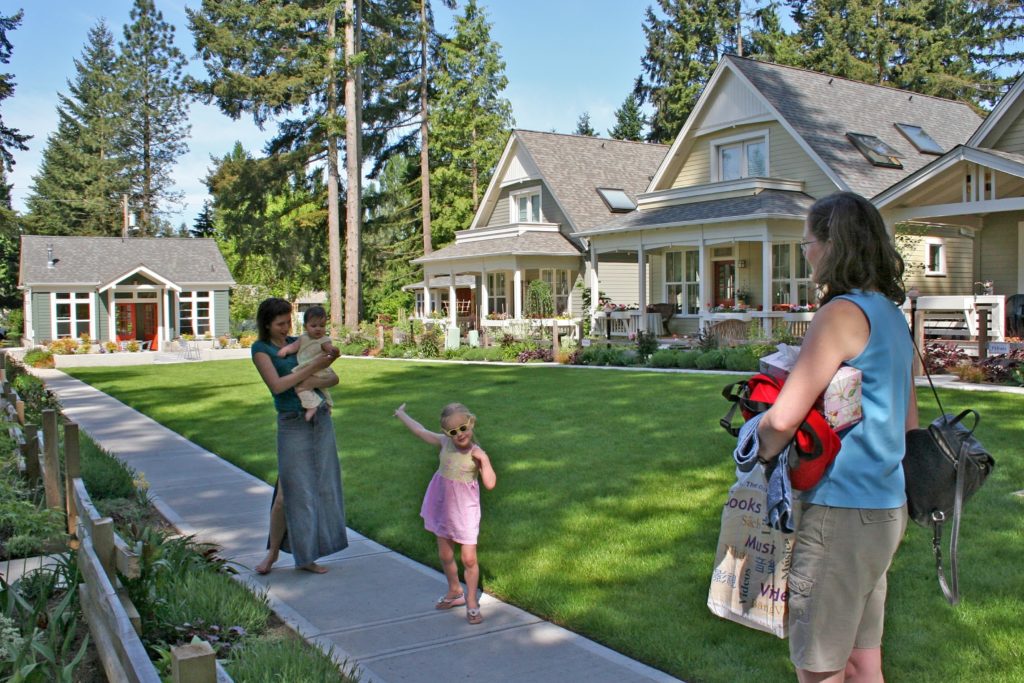
Key findings
Awareness is increasing that multifamily development can be done effectively through infill housing approaches. More communities are revising their codes to encourage smaller homes and unit types, which the market has responded to favorably. It is important to note, however, that the projects that have received the most positive recognition and community support of code changes are those where the team has shown a commitment to aspects such as good design and communicating intent, rather than just affordability.
A key conclusion of NAHB’s overall research on state and local housing affordability approaches is that both a greater supply of housing and a greater diversity of housing types are required. The dichotomy between single-family detached homes and the large multifamily buildings often invokes a NIMBY reaction. Building a greater mix of housing in a way that discreetly adds density to communities as outlined in this report may be a beneficial path forward.
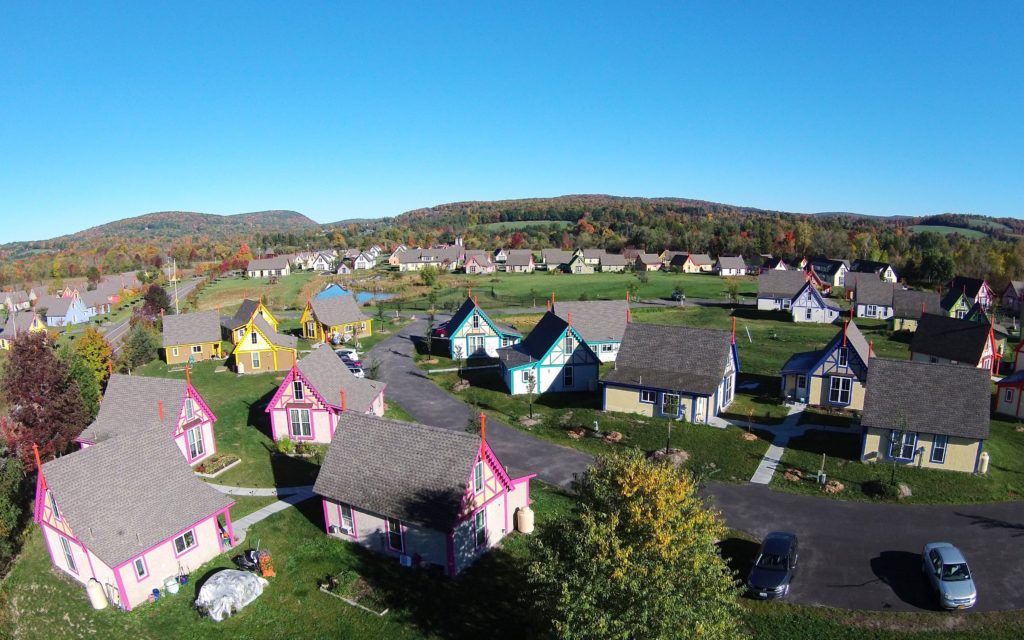
Deborah Myerson, a planning consultant who has also conducted research for NAHB, wrote recently about ADUs and how communities across the country are seeing it as a solution to high housing costs, limited developable land, and demand for multigenerational living. Also, see her post on how form-based codes can help in creating missing middle housing while preserving affordability.
NAHB has produced several resources that point to successful state and local strategies that are being used to enhance affordability and the supply of housing across the country. These resources are accessible via the new “Creating Housing for All” brochure and Housing For All website, which point out key strategies and examples that can be used as conversation starters and a blueprint for collaboration with local officials, planners, and policymakers. The full credentialed reports, which can be found in NAHB’s Land Use 101 toolkit, identify even more tools and techniques that have been used across the country, including details about the various players involved in closing the financing gap and getting viable, attractive projects built.
